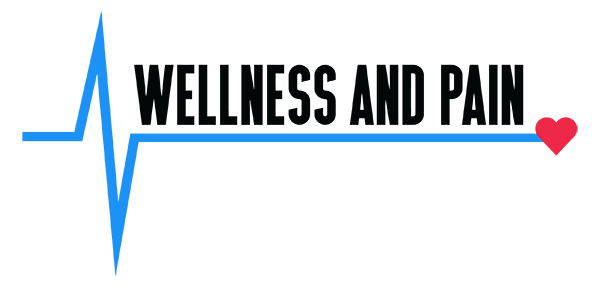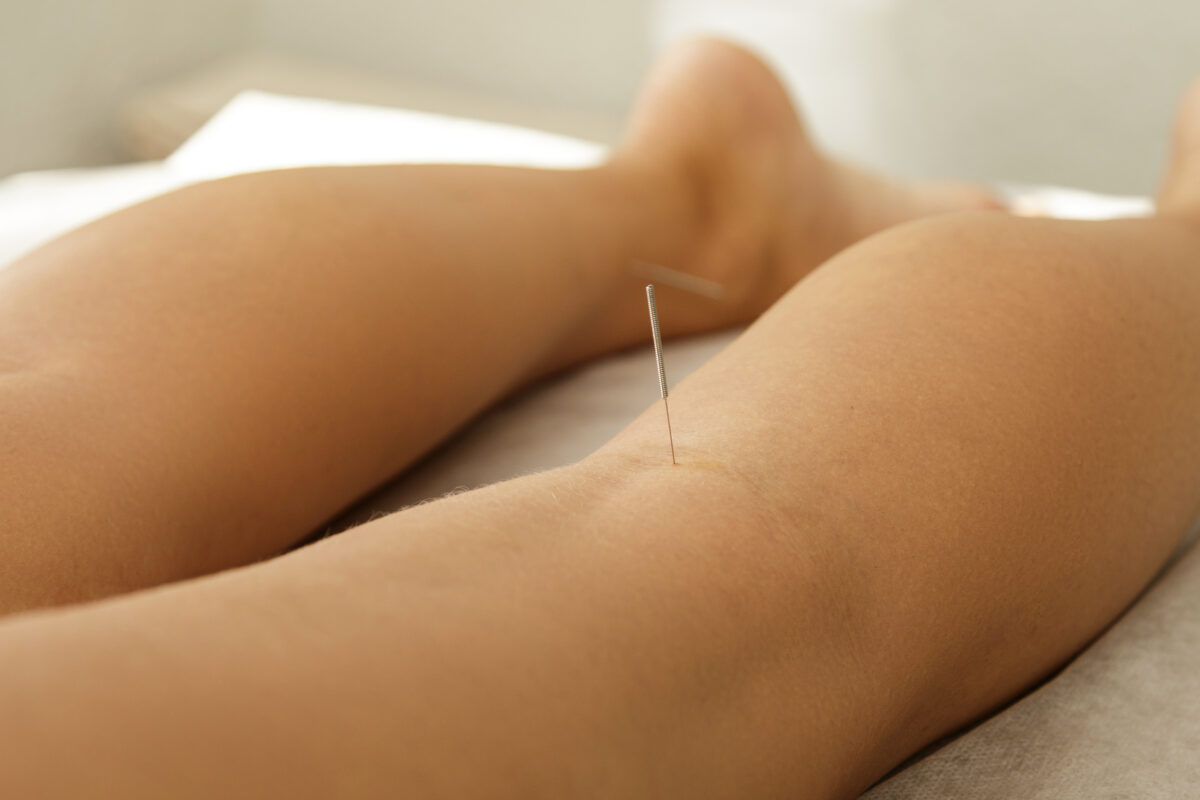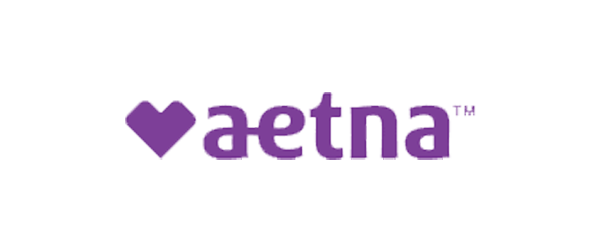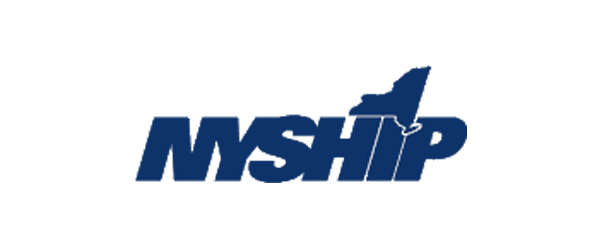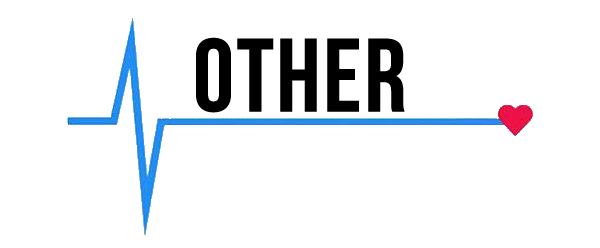Acupuncture Treatment for Leg Pain After Running
While runners often complain about thigh, leg, foot and heel pain, many don’t realize there is a unique treatment for leg pain after running. Many factors can contribute to the pain, including overuse, improper footwear, and underlying medical conditions.
Running through pain leads to serious conditions for many runners, even when they’re injured and need rest. It’s best to treat it as soon as possible to minimize long-term damage and speed up the healing process, especially when your back of heel hurts after running.
Even chronic pain can be treated with acupuncture therapies. Each patient’s condition is unique, but there are many reasons for the nagging running pains that won’t go away. Root causes often have deeper causes than we realize.
Issues Leading to Treatment for Leg Pain After Running
A number of issues can cause thigh pain, including IT band syndrome, which can lead to exploring treatment for leg pain after running. Located on the outside of the thigh, the iliotibial band (IT band) consists of a thick band of tissue. Inflammation of the IT band causes it to rub against the bone of the thigh.
You can also suffer from hamstring strain if your back of leg hurts after running. In the back of the thigh, there’s a group of three muscles called the “hamstrings.” Torn or overstretched muscles in the hamstrings cause hamstring strains. Back pain can occur near the buttocks, behind the thigh.
The quadriceps on the front side of your leg can get hit with deep thigh pain after running. Located along the front of the thigh, the quadriceps muscles are a group of four muscles. An injury to the quadriceps results from overstretching or tearing one of these muscles. Near the kneecap, this can cause pain at the front of the thigh.
In terms of your overall leg, shin splints are pains along the inside of your shinbone. Shinbone inflammation is caused by inflammation of the tendons and muscles attached to the bone. An overuse injury can also cause a stress fracture – a small crack in a bone. Runners are more likely to suffer stress fractures in their legs.
“Compartment syndrome” causes pain and numbness inside muscle compartments in runners. Though rare, runners must seek surgical intervention to correct this condition.
A pinched spinal nerve can also cause leg and thigh pain, as can spinal stenosis, injury or trauma, tendonitis, or deep vein thrombosis (blood clots in your deeper veins, usually in your legs).
Foot and Heel Pain: How it’s All Connected
A common complaint among runners is foot and heel pain, with the following being some of the most common causes before runners eventually seek out treatment for leg pain after running:
- Foot pain caused by Plantar Fasciitis. Plantar fasciitis is an inflammation of the thick band of tissue along the bottom of the foot. This condition most commonly causes a runner’s heel pain.
- Tendinitis of the Achilles tendon. The Achilles tendon connects calf muscle and heel bone.
- Spurs on the heels. Bony growths catch muscle and tendons, causing your back of heel to hurt after running. Treatment isn’t always necessary, but spurs can be awfully painful over time.
A 2023 Foot Pain Trends Report uncovered some illuminating and concerning findings for anyone suffering from foot or heel pain, including:
- Over 95 percent of Americans say foot pain impacts their day-to-day lives, with 8 in 10 reporting that their foot hurts from running.
- Back, knee, and hip problems are also reported by 33 percent of those who experience regular foot pain.
- The average monthly cost of treating foot pain for adults is $228.
- 88 percent of respondents said that they purchased shoes in order to reduce foot pain.
In this report, survey data is based on 6,030 American adults who reported foot pain within the last 12 months (January – December 2022).
At-Home Prevention and Treatment for Leg Pain After Running
Depending on the underlying cause, the thigh, leg, foot, and heel pains will require different overall treatment for leg pain after running. To relieve pain and promote healing, consider the following:
- Get some rest. Running and other activities that aggravate the pain should be avoided.
- Ice it. Several times a day, apply ice to the affected area for 20 minutes at a time.
- A compression process. Reduce swelling by wrapping the affected area in an elastic bandage, also known as “compression” (or “using a compress”).
- Sitting or lying down, elevate the affected area above the heart.
- Pain relievers available over-the-counter. Non-steroidal anti-inflammatory drugs (NSAIDs), such as ibuprofen and naproxen, can reduce inflammation and pain.
If your back of heel hurts after running, you can incorporate several activities into your weekly lifestyle. This is also true if your back of leg hurts after running, or you have deep thigh pain after running — such as:
- Wearing proper footwear. Fitted and supportive running shoes are essential.
- Gradually increasing your mileage. Try not to take on too much at once. Give your body time to adapt by gradually increasing your mileage and intensity.
- Listening to your body. Whenever you feel pain, stop running and take a break.
- Cross-training. Injuries caused by overuse can be reduced by cross-training with other activities, such as swimming or biking.
- Stretching regularly. You can reduce your risk of injury by stretching your hamstrings, quadriceps, and calf muscles.
Consider Acupuncture Therapy Treatment
Utilizing acupuncture therapy as treatment for leg pain after running can be more effective and less invasive than physical therapy, injections or even surgery — a major fact oftentimes overlooked by runners. Additionally, many health problems in general can be remedied by acupuncture therapy.
Acupuncture is used to treat everything from chronic pain to when your back of heel hurts after running. Other health problems that pain management specialists use acupuncture to treat include arthritis, back pain, neck pain, shoulder pain, knee pain, headaches, migraines, sports injuries, jaw pain, sinus congestion, facial pain, neuropathy, and menstrual cramps
In acupuncture therapy, a specialist inserts thin needles into the skin at specific points on the body to treat specific conditions. Each point represents a different organ, emotion, or sense. Treatment plans incorporating acupuncture can reach these areas in a unique way that other treatments cannot.
Acupuncture does more that just relieve pain. It can also treat anxiety, depression, insomnia, headaches, migraines, nausea, menstrual cramps, fertility issues, smoking cessation, and weight loss.
Here’s how it Works
Needles cause your body to react, rebalance, or release natural chemicals, including endorphins, your body’s natural painkillers and neurotransmitters. Stimulation of the central nervous system releases norepinephrine and enkephalin into the muscles, spinal cord, and brain. The release of these chemicals promotes physical and emotional wellbeing. Acupuncture therapy can even treat runner’s knee, which is the quintessential ailment for amateur, intermediate, and professional runners alike.
Acupuncture treatment isn’t a one-size-fits-all approach for when your back of leg hurts after running, you have deep thigh pain after running, or your foot hurts from running. Some patients feel a dull ache or a mild pricking, while others feel nothing at all. A tingling or buzzing sensation, a feeling of warmth or heaviness may be experienced by others. Following insertion of the needle, acupuncturists sometimes twirl or move it. It’s possible to experience a slight increase in sensation from time to time.
The most effective way to increase strength, mobility, and leg function is to combine knee and hip exercises, with many pain management specialists and doctors recommending a dual-approach strategy that includes knee braces, manipulation therapy, and even electromechanical therapies such as ultrasound or TENS muscle stimulators.
Acupuncture therapy comes in many different types, each with its own philosophy and approach. The most common type of acupuncture treatment is traditional Chinese acupuncture. In addition to improving health and wellbeing, acupuncture can unblock and balance qi.
Wellness and Pain Can Help
A range of options regarding treatment for leg pain after running are available at Wellness and Pain. We offer conservative treatments, routine visits, and minimally invasive quick-recovery procedures. We can keep you free of problems by providing lifestyle education and home care advice to help you avoid and manage issues, quickly relieving the inhibiting lifestyle conditions when complications arise.
At Wellness and Pain, we personalize patient care plans based on each patient’s condition and unique circumstances to relieve pain, improve mobility and mental space, and improve your overall health.
Learn more about acupuncture treatment for leg pain after running or pain in general.
